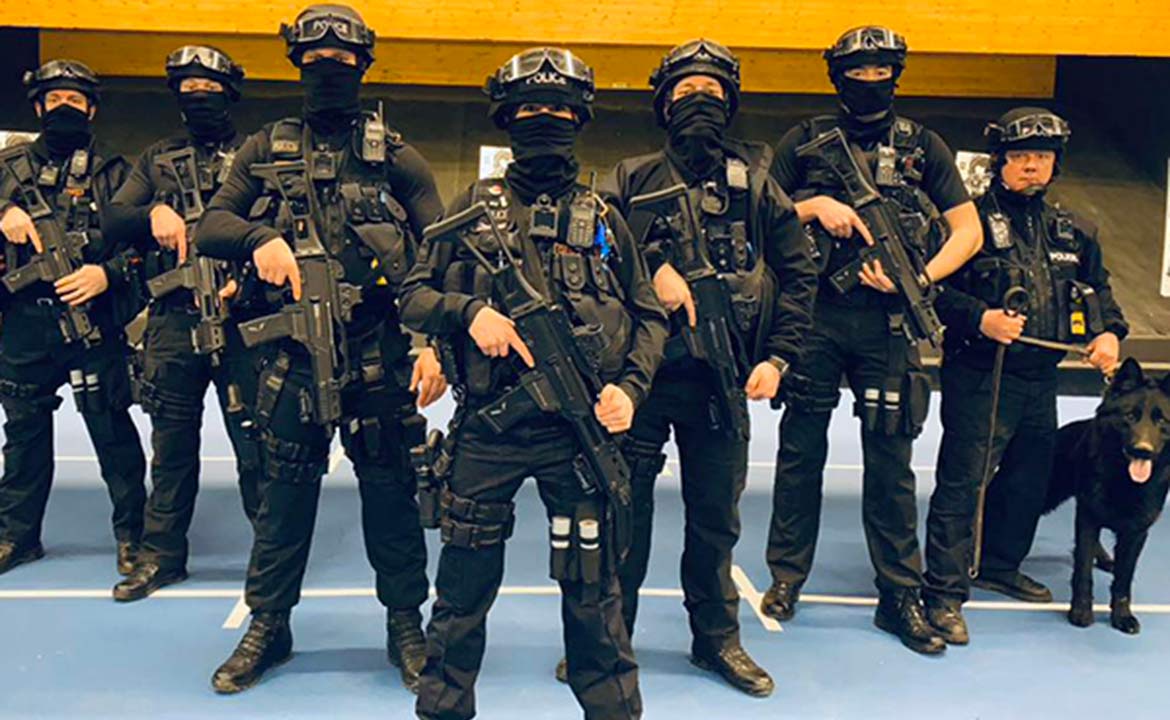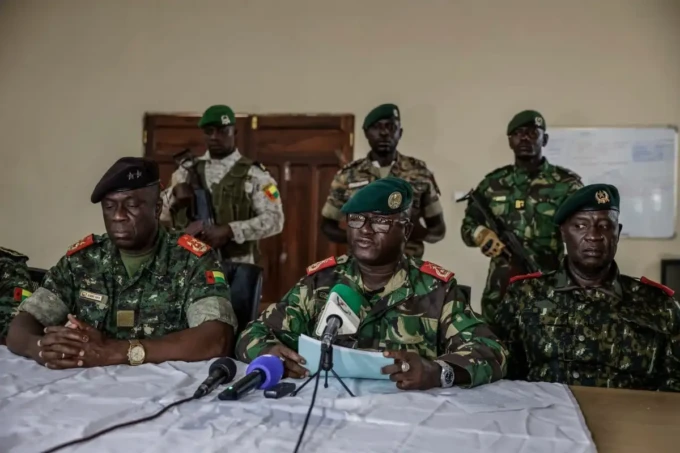In a heart-wrenching incident that has shocked the nation, a teacher from an elementary school in Daejeon, South Korea, has confessed to the murder of an eight-year-old student. The incident took place on the second floor of the school at 18:00 local time (09:00 GMT) on a Monday evening, where the young girl was discovered with stab wounds and was later pronounced dead at the hospital.
The teacher, a woman in her 40s, was found next to the victim, also bearing stab wounds which police suspect could be self-inflicted. This horrific event has prompted immediate action from the highest levels of government. South Korea’s acting president, Choi Sang-mok, has ordered a thorough investigation and called for preventive measures to be put in place to ensure schools remain safe havens for children.
President Choi expressed his grief, stating, “It pains me to see such an incident because a school should be our safest space. I offer my deep condolences to the victim’s family, who suffered great shock and agony.” His words reflect the deep sense of loss and the urgent need for reassessment of safety protocols in educational institutions.
Further details shed light on the teacher’s background and state of mind. She had previously requested a six-month leave of absence due to depression, starting December 9. However, she returned to work after just 20 days when a doctor deemed her fit to resume her duties. This quick return has sparked concerns about the evaluation process for mental health in educators and the support systems in place.
It was also revealed that the teacher did not have any personal connection with the student she attacked, suggesting the act was not motivated by a personal grievance but possibly by other underlying issues. In the days leading up to the incident, she had exhibited violent behavior, including an incident where she put another teacher in a headlock, according to the school’s administration. This raises critical questions about how such behaviors were managed or overlooked.
The tragedy has ignited a national dialogue on mental health support for educators, school safety, and the mechanisms in place to handle individuals with psychological distress in educational environments. As the investigation unfolds, there is a collective mourning for the young life lost and a demand for systemic changes to prevent future occurrences of such violence in places meant for learning and growth.











Leave a comment